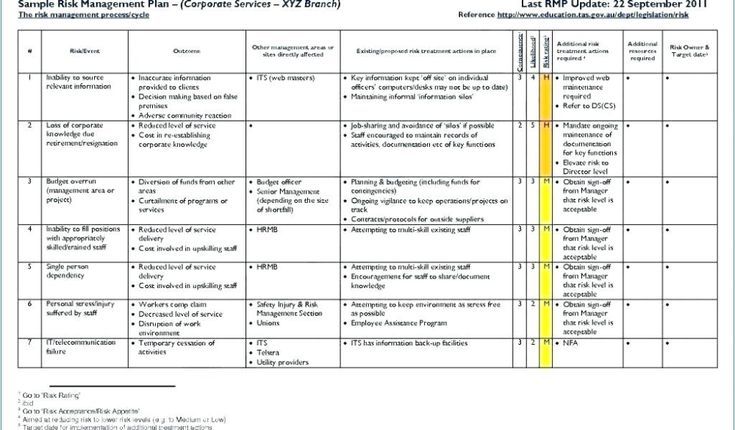
Risk assessment is a crucial process in identifying potential threats and hazards that may affect the successful achievement of objectives. It involves a systematic evaluation of risks and the development of strategies to mitigate them. Risk mitigation refers to the implementation of measures to reduce the likelihood or impact of identified risks. This article will discuss the importance of risk assessment and provide insights into effective risk mitigation strategies.
Why is Risk Assessment Important?
Risk assessment plays a vital role in any organization or project as it helps identify potential risks, evaluate their significance, and prioritize resources for mitigation. By conducting a thorough risk assessment, businesses can proactively identify vulnerabilities and make informed decisions to safeguard their operations, reputation, and maximize opportunities for success.
The Risk Assessment Process
Conducting a comprehensive risk assessment involves the following steps:
1. Identification of Risks
The first step is identifying potential risks that may impact the organization or project. This includes considering internal and external factors such as natural disasters, technological failures, economic downturns, regulatory changes, etc. Brainstorming sessions, historical data analysis, and input from stakeholders can help in gathering a comprehensive list of risks.
2. Risk Analysis and Evaluation
Once the risks are identified, an analysis is conducted to evaluate their likelihood of occurrence and potential impacts. This step involves quantitative and qualitative assessments to determine the severity and prioritize risks based on their potential consequences.
3. Risk Mitigation Strategies
Following the risk analysis, organizations develop and implement risk mitigation strategies. This step involves identifying appropriate actions to reduce the likelihood of risks occurring or minimizing their potential impact if they do occur. Mitigation strategies may include risk avoidance, risk transfer, risk reduction, and risk acceptance – depending on the nature and severity of the risks.
4. Monitoring and Review
Risk assessment is an ongoing process, and regular monitoring and review of implemented strategies are essential. This ensures that new risks are identified, and adjustments can be made to existing mitigation measures. Continuous monitoring allows organizations to stay proactive and adapt to changing circumstances effectively.
Effective Risk Mitigation Strategies
Implementing appropriate risk mitigation strategies helps organizations minimize the potential impact of identified risks. Here are some effective strategies to consider:
1. Risk Avoidance
Risk avoidance involves taking steps to eliminate or avoid the risk altogether. This may include discontinuing certain activities, relocating facilities away from high-risk areas, or terminating partnerships that are associated with significant risks. While it might not be feasible in all cases, it can be an effective strategy for some risks.
2. Risk Transfer
Risk transfer involves transferring the risk to another party, usually through contracts or insurance policies. By shifting the financial burden and responsibility for managing the risk, organizations can mitigate their own exposure. Examples of risk transfer include purchasing comprehensive insurance coverage or outsourcing certain activities to specialized agencies.
3. Risk Reduction
Risk reduction focuses on minimizing the likelihood or impact of risks through proactive measures. This can involve implementing safety protocols, conducting regular maintenance and inspections, investing in redundant systems, or enhancing cybersecurity measures. These actions seek to decrease the probability of risks occurring or strengthen the organization’s ability to handle potential consequences.
4. Risk Acceptance
Risk acceptance is an approach where organizations consciously decide to accept the potential consequences of a risk. This strategy may be chosen when the cost of mitigation is too high or when the risk is deemed acceptable within predefined tolerance levels. It is essential to carefully assess the potential impact and develop contingency plans to minimize negative consequences.
Conclusion
Risk assessment and mitigation form an integral part of effective organizational management. By identifying and analyzing risks and implementing appropriate strategies, organizations can protect their interests, maintain business continuity, and seize opportunities. Continuous evaluation and adaptation are key to staying ahead of emerging risks and ensuring long-term success.

